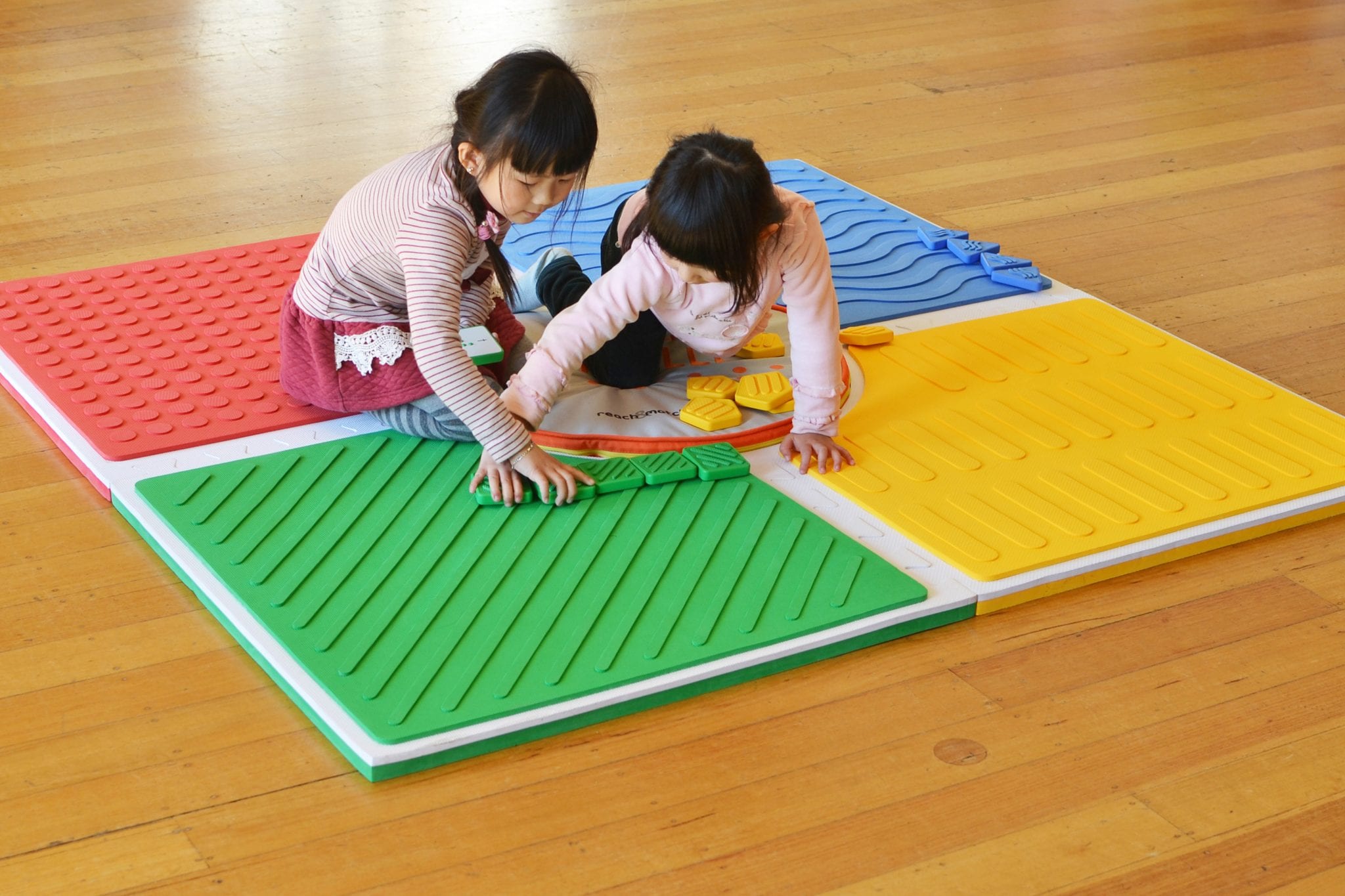To ensure gift delivery by 12/25, please place orders via UPS shipping no later than 12/17.
CloseReach & Match Learning Kit Stimulates Multiple Senses to Educate and Engage

Every child needs multi-sensory stimulation, even when some of those senses are impaired. That’s why APH now offers the Reach & Match Learning Kit, an innovative system that helps students with sensory challenges and other special needs learn and engage with their peers. Originally created for children who are blind or visually impaired, Reach & Match is a socially inclusive learning kit for all children, including those who are hard of hearing, have physical or intellectual impairment, developmental delay, autism, or multiple impairments. Reach & Match’s unique design appeals to children of all abilities, creating an opportunity for them to play together or side by side.
Reach & Match provides toddler training for manual dexterity and identifying tactile patterns, and helps children learn both braille and print. It facilitates inclusive learning to help children who are blind or sighted develop literacy skills, as well as early concepts of space and positional play, emotional development, and motor, communication, and social skills. Reach & Match’s award-winning design features bright colors that makeup four puzzle-piece mats. One side of each mat has a tactile pattern that matches corresponding tiles. The other side of the mats all have the same texture but feature a recessed white path where children can match tiles that teach the printed alphabet alongside braille. Unique textures and distinct sounds for each tile expand the learning experience.
The developers of Reach & Match have field-tested its effectiveness with children with vision impairment, cognitive barriers, developmental delays, and social and communication impairment. Suitable for children 36 months old and up, Reach & Match’s set of four mats are cushioned for comfort when placed on the floor, and can also be set up in a variety of horizontal or vertical configurations for use in schools, childcare centers, early intervention centers, and homes. Users include teachers, Orientation & Mobility instructors, occupational therapists, psychologists, parents, and more.
